Levels of Customer Awareness: How Slack's Evolving Messaging Strategy Matches User Awareness Stages: A Study


Brand messaging is the set of practices that define how a company will deliver its value proposition and communicate its business values. Companies can define a specific way to convey their ideas to the public based on the tone of voice, language, and core message. This same tone is used to communicate across all channels like PR, social media, websites, etc.
When brand messaging is taken into consideration, what is often neglected is the level of user awareness.
Every week, when I speak to prospects, I hear, "We want our new website to be like Slack." This suggestion to revamp their brand messaging keeping a global brand as a reference is an incorrect way to look at brand messaging.
There’s one important thing that almost all prospects miss. This factor is the lifecycle of your user.
When you're starting, nobody knows you, does it make sense to have a brand messaging that doesn't resonate with your ICP?
It does not. Yet, not a lot of brands today think about stages of awareness of your users.
Lifecycle Stages of User Awareness
Understanding the lifecycle stages of your users is fundamental to crafting effective brand messaging. Here are the key stages:
1. Unaware
At this stage, your users don’t realize that there is a problem. They are not actively looking for any solutions but they may observe some effects without realizing that there is an underlying cause. This is where you should create awareness for your product through messages and softly introduce problems in educational or relatable language. At this level, keep your messaging as broad and relatable as possible.
2. Problem aware
At this stage, your users identify a specific pain point and they start searching for information. Your users are aware of their problems but do not know about any solutions. Your messaging should go further into defining the relatable problem, provide insights, and then engage users through discussions and community building.
Here’s what Slack did for their users at the problem-aware stage - 'Be less busy'

3. Solution aware
At this stage, your users are aware of possible solutions and assessing various options available to them. They compare features, benefits, and costs to get all relevant information on which they can make an informed choice. For this reason, the messaging should highlight distinctive features, and comparative content as well as build credibility via testimonials and reviews. It helps to position your product as a credible solution for a problem they are familiar with.
Here’s what Slack did for their users at the solution-aware stage - 'A messaging app for teams'

4. Product aware
This stage comes after when people acknowledge your product as a potential solution but need more confirmation before committing themselves to your product. At this stage, it becomes important to give your users evidence from success stories, and interactive messaging to address each individual’s concern.
Here’s what Slack did for their users at the product-aware stage - "So yeah, we tried Slack..."

5. Most aware
At this stage of being most aware your customers know what you offer well enough to need a compelling reason for them to buy it. You need to focus on how your offering helps the customer. Look at how Slack conveys their brand messaging for their users at the most aware stage - 'Speed up work with external partners, using Slack connect'.

Each stage in the lifecycle represents the scale of your brand which should evolve to match the awareness of your users.
And that will automatically resonate with your users!
So before you choose which copywriting framework to implement for your home page messaging, think where your users are at! Turn this insight into relevant brand messaging and keep iterating as and when required.

Browse Similar Articles




Interested in seeing what we can do for your website?





.webp)


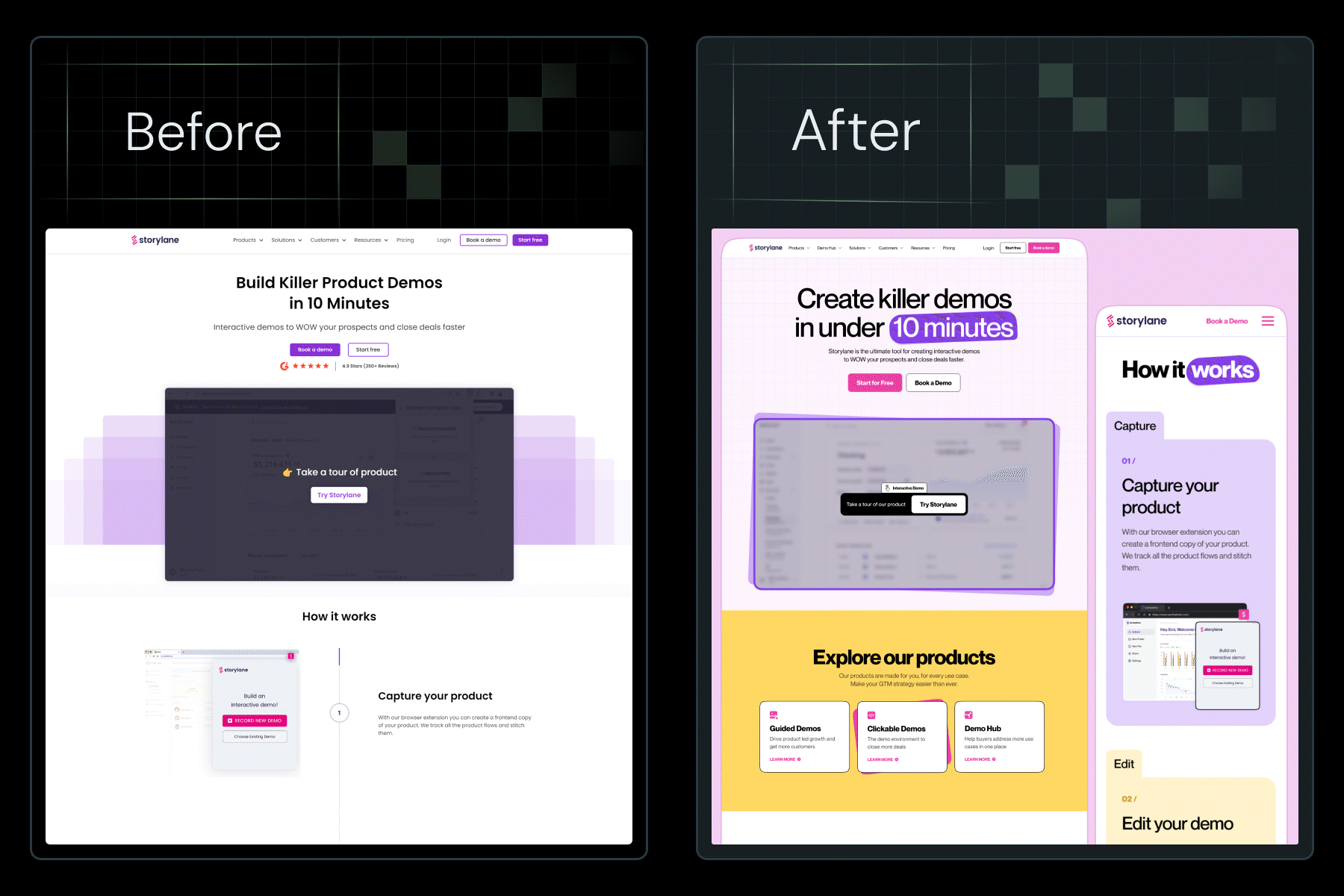








.svg)

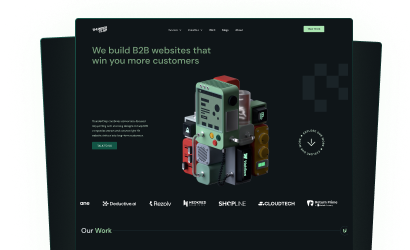

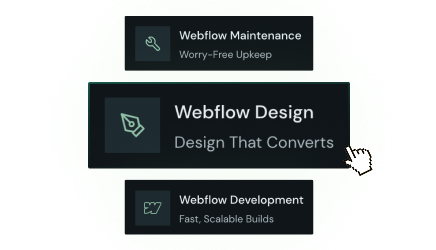
.png)








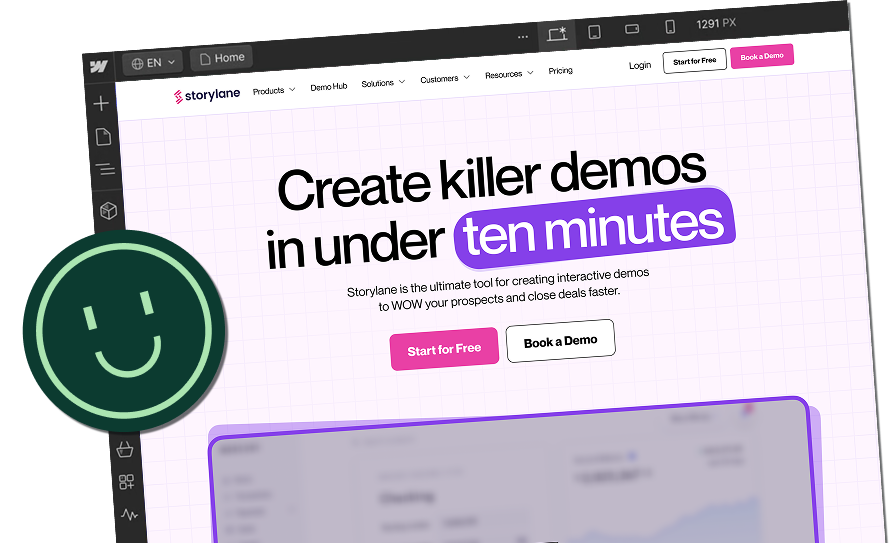



















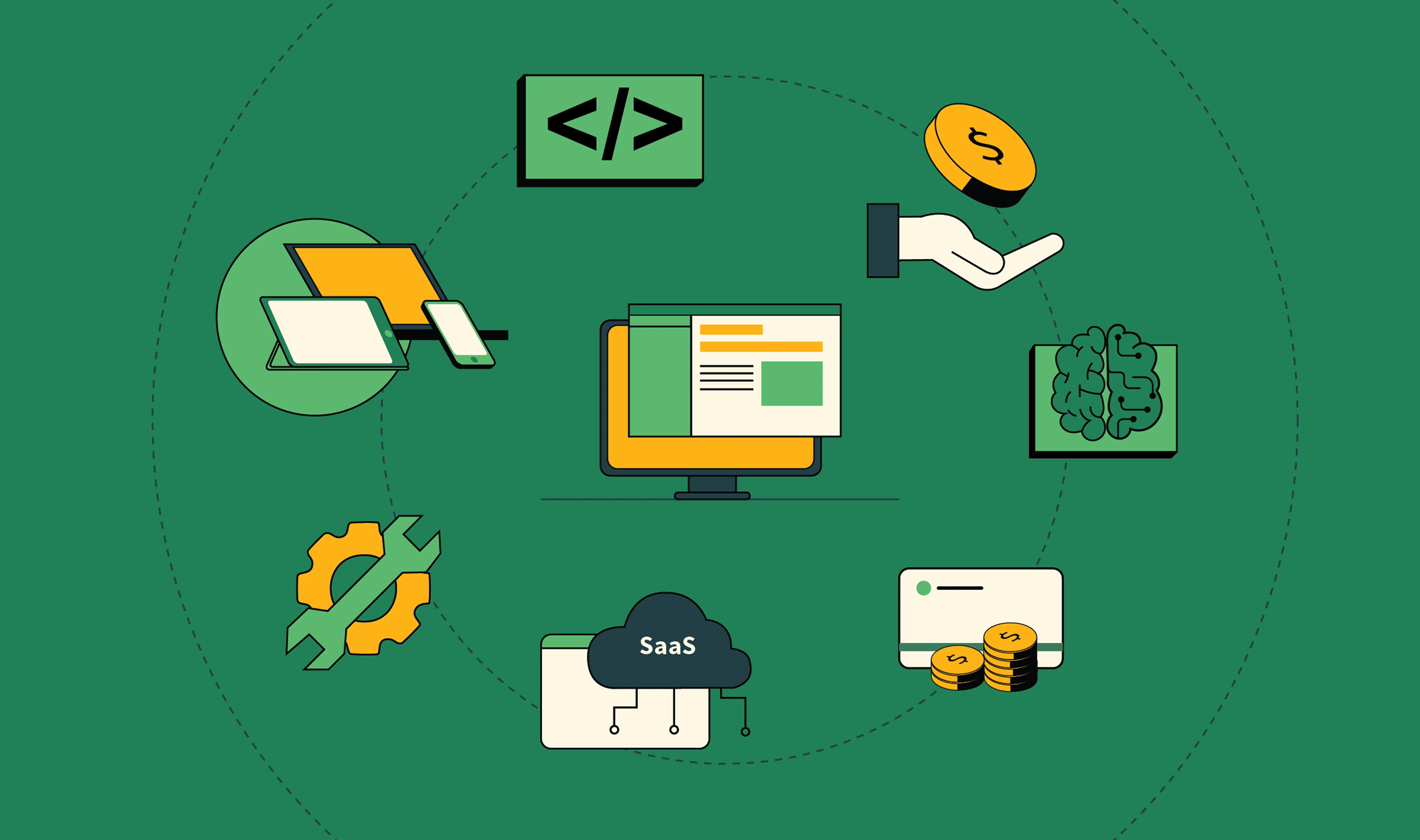

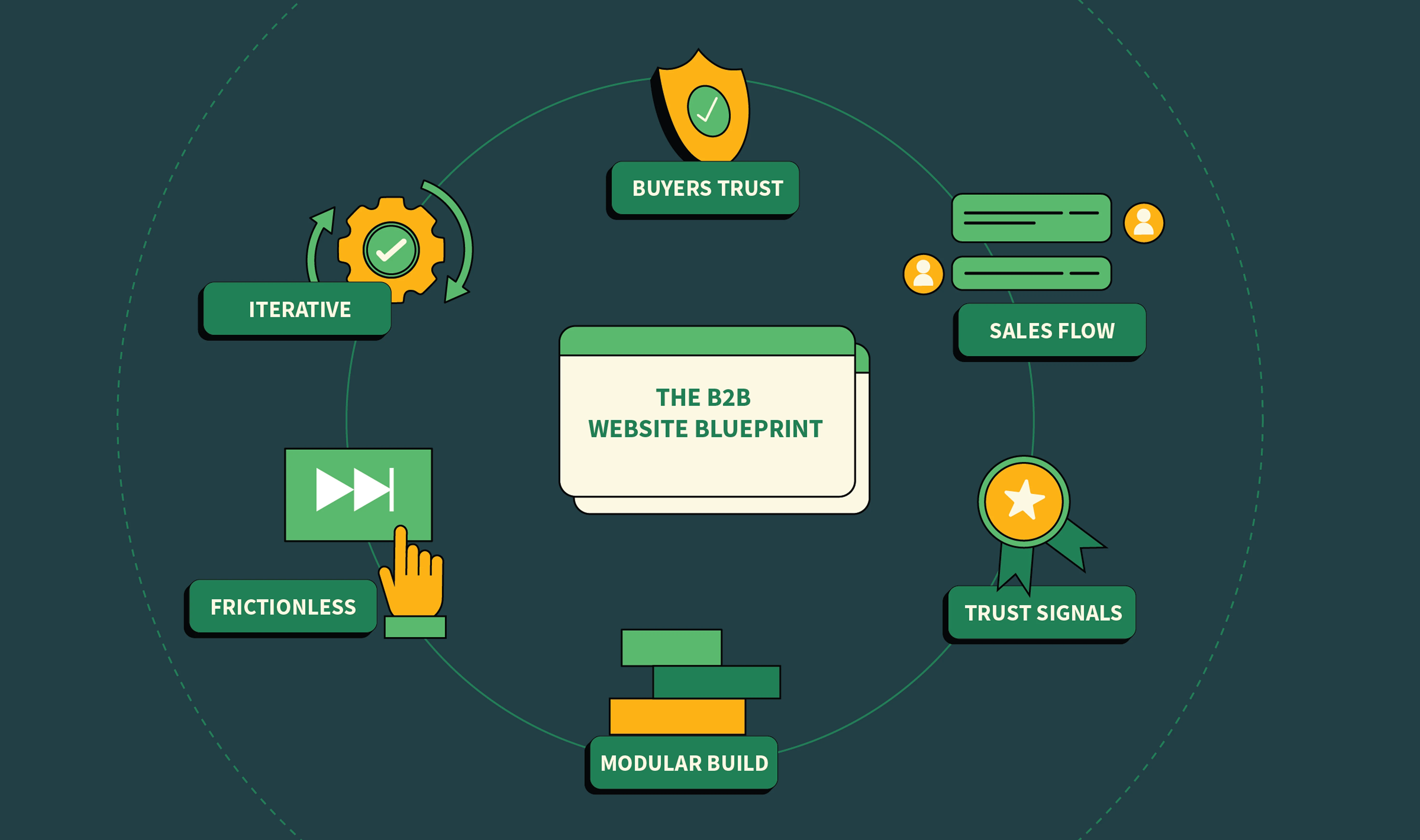











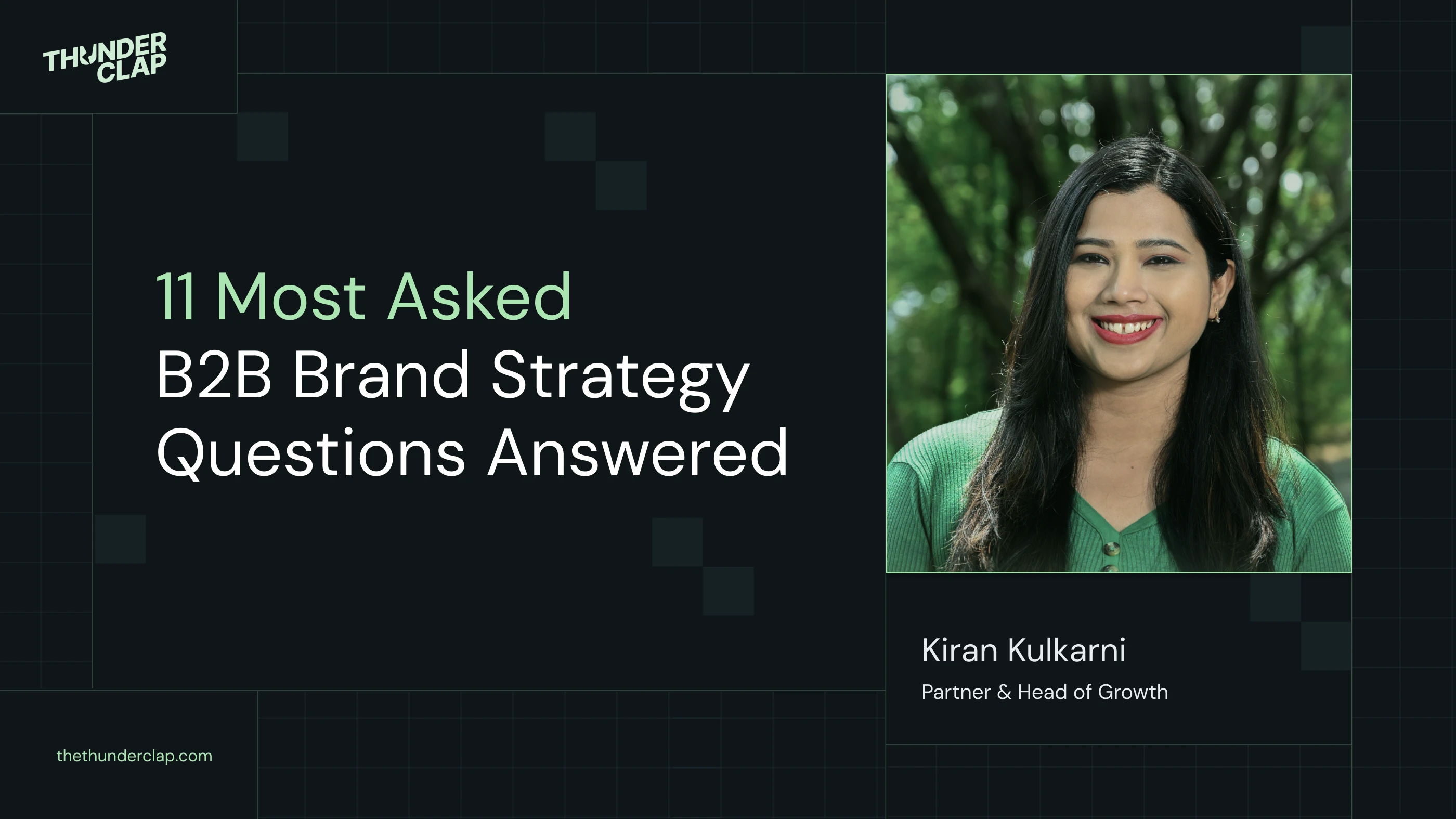






























.png)